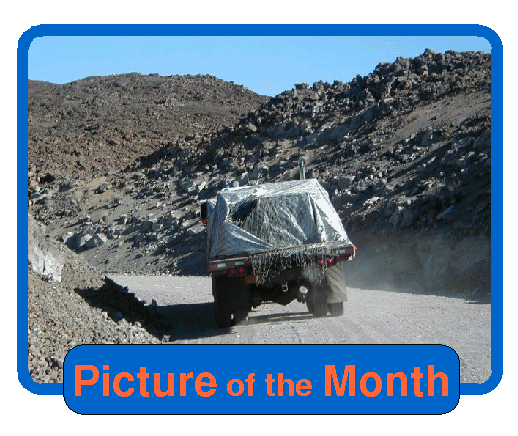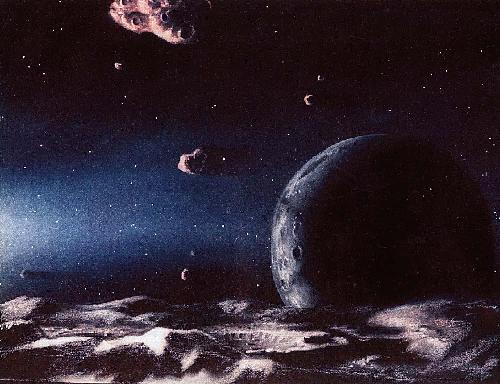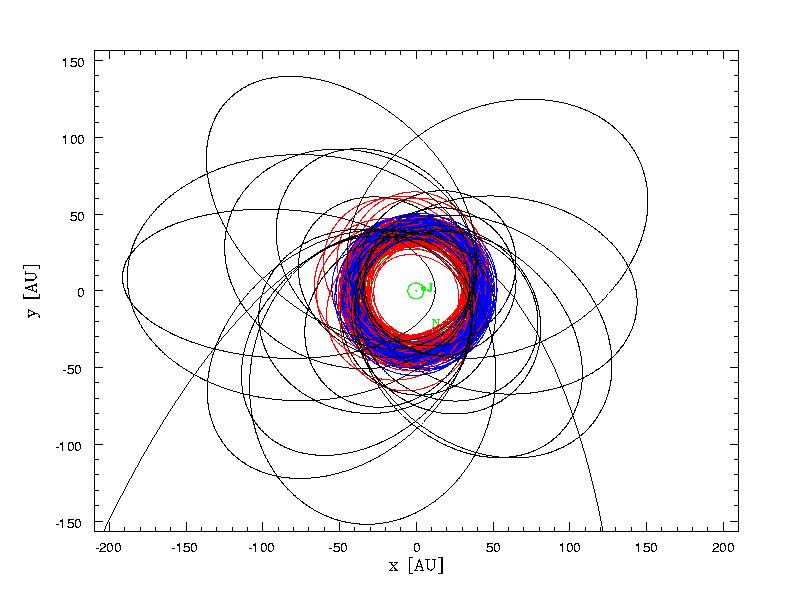












|

|

The UltraWide Survey - Mapping the Kuiper Belt
|
How do planets form? It's a question that's attracting a lot of attention
right now. Giant planets, probably made mostly of gas, have been found
orbiting distant stars. These extrasolar planets are fairly similar to
our own Jupiter, Saturn and Neptune. So to understand extrasolar
planets,
we'd like to first understand how our planets formed.
|
 |
The answer may lie in the Kuiper Belt. The Kuiper Belt is a band of
chunks of rock and ice that circle our Sun out beyond the orbit of
Neptune. These Kuiper Belt objects (KBOs) are the leftovers of the disk
from which our Solar System was created. Because they formed so long ago,
and because they've been relatively undisturbed since, KBOs provide a
glimpse into the past. By studying KBOs, we can learn how our giant
planets were formed.
|
|
Studying KBOs is tricky to do. Because they shine only by reflected
light, KBOs are faint and hard to see. And because they're so far away,
the only way to be sure that an object is a KBO is to follow it for a few
nights to make sure it moves against the backdrop of stars in the proper
way. In spite of these difficulties, more than 400 KBOs have already been
found.
|
 |
 |
The CFHTLS UltraWide Survey wants to do better. It will find more
than 2000
KBOs, and so create the first comprehensive map of the Kuiper Belt. With
this many KBOs to study, we'll be able to answer some basic questions
about the Kuiper Belt: How far does it extend? How are the KBOs
distributed within it? And what is the largest KBO? Some astronomers
think the "planet" Pluto is just another member of the Kuiper Belt - maybe
we'll find a KBO even bigger than Pluto!
|
|
Mapping the Kuiper Belt will help us to better understand it, and so to
better understand how our Solar System formed. Armed with this knowledge,
we'll be able to study extrasolar planets with more insight and
comprehension.
|
This site was last updated on September 28th, 2002.
Comments, suggestions or questions? mlmilne@uvic.ca
|




